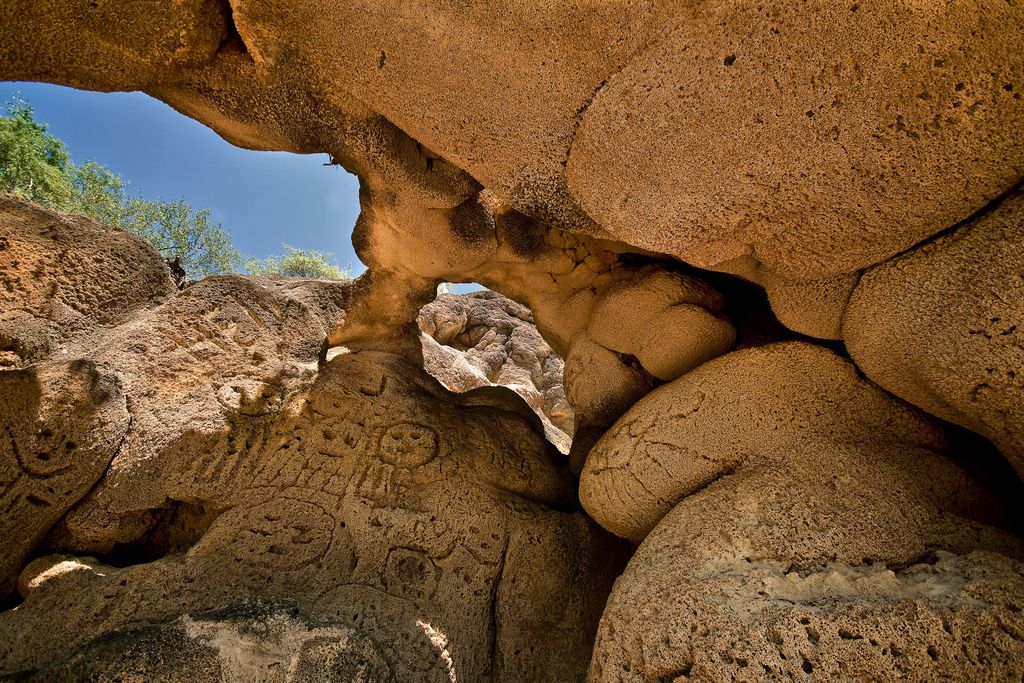WHO WERE THE TAINO PEOPLE?

One of the reasons for the widely spread cultural similarity in the Caribbean is the Taino heritage and culture most islands countries share. As the original, indigenous inhabitants, the Taino people left a presence that is still felt and even sometimes revived. But who were they, and how did they leave their mark in the Dominican Republic?
Settlement and European contact
Settlement on the Caribbean islands started about 1500 years ago, when the Taino inhabited, and dominated most parts of the Caribbean. Often called or linked to the Awarak people, the Taino were considered a noble group amongst the neighbouring ethnic groups. Until the Spanish arrived in 1492, the Taino society was thriving with as many as 1 million Taino’s living in Hispaniola (today’s Dominican Republic and Haiti). But due to their enslavement and a heavy outbreak of smallpox, they were nearly extinct by mid 16th century. Still, their presence is still felt throughout the Caribbean.
Origins
As original inhabitants of South America, it is believed the Taino people came from the Amazon and reached the Caribbean through Guyana and Venezuela via Trinidad. Upon settling in the Caribbean, the Taino culture further developed into what we know about it today.
Culture
The role of women in Taino society was quite big, as there was a matrilineal system of kinship, meaning that the tracing of descent went through the female, instead of the male line of the family. The Taino women were also as highly skilled in agriculture as men, making fishing nets and ropes from cotton and palm. The strong role of women in Taino society was noticed by the Spanish colonists, who saw them as female macho’s who had strong control over men. This changed as they became enslaved and the Spanish culture became dominant.
Food
The Taino people depended heavily on hunting and agriculture, and mostly ate fish, birds, cassava, batata (sweet potato), beans, nuts and fruits like guava.
Art
The Taino are known for their art, that is still seen everywhere throughout the Dominican Republic. Their spiritual beliefs were often portrayed in their art works, in sculptures and paintings. Figures often seen in Taino art are the main gods, Yucahu (god of the cassava) and Atabey, mother of Yucahu and god of the moon, fresh waters and fertility. The physical representation of gods were called ‘Zemi’, which could be both drawings or objects. The latter were often made of wood, stone, shell, bone, pottery and cotton. The Zemi petroglyphs were carved on rocks in caves, some of them you can still see today.
Taino’s in modern day Dominican culture
While the Taino people are believed to be nearly extinct, they are not fully vanished. Spanish colonists married Taino women, and some Taino’s might have escaped the Spanish occupation. This is why there are many people in the Dominican Republic who still proudly claim Taino heritage. Many practices of the Taino culture like crafts and cooking are still popular and many of Taino heritage make an effort to revive this practices and bring them into today’s Caribbean culture.
Traces of Taino culture
Dominicans (and other Caribbean ethnicities) who claim Taino heritage are often also of European and African ancestry, creating the creole culture that the Caribbean is known for. Several rural Dominicans also noticeably maintain Taino linguistic features, cultural, spiritual and agricultural practices and religious views. This is however often frowned upon by other Dominicans, claiming it’s ‘backwards’.
Several Taino artworks are still present in the Dominican Republic. You can see petroglyphs of dogs, whales and fish, and faces carved in stone in caves like the Cuevas Maravillas we mentioned in our artictle on Juan Dolio or Las Caritas. In and around Punta Cana you can also find traces of the Taino’s. In the article swim in a cave or lagoon, we mention a Taino cave in Punta Cana. What about the lagoons in Punta Cana that have Taino names. They might have wandered there as well.
We are curious: have you seen one of the Taino artworks yet? Tag, shout, or just talk to us! @bestofpuntacanaofficial
Photo: Las Caritas Taino engravings in a rock formation
